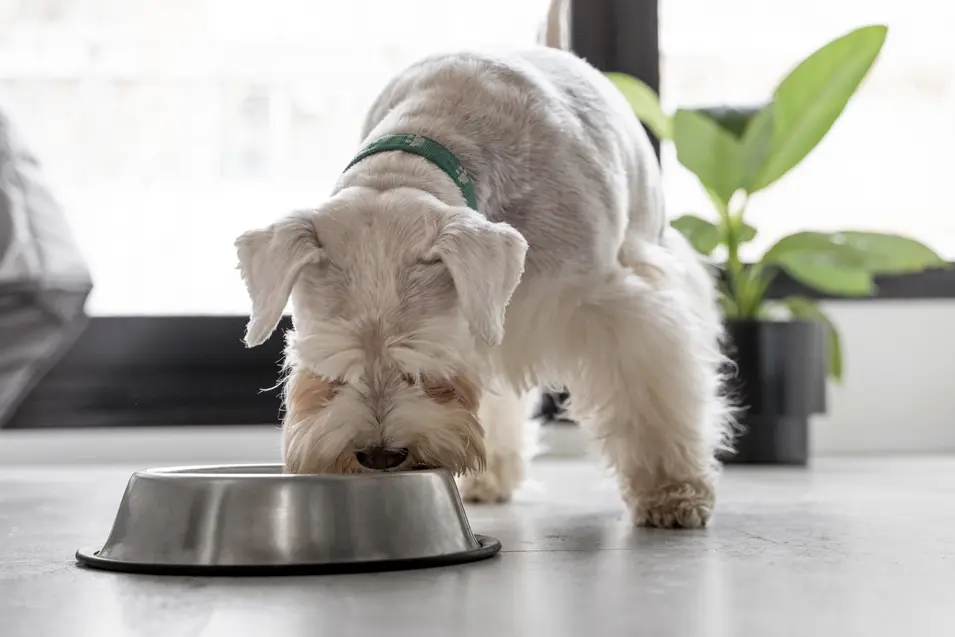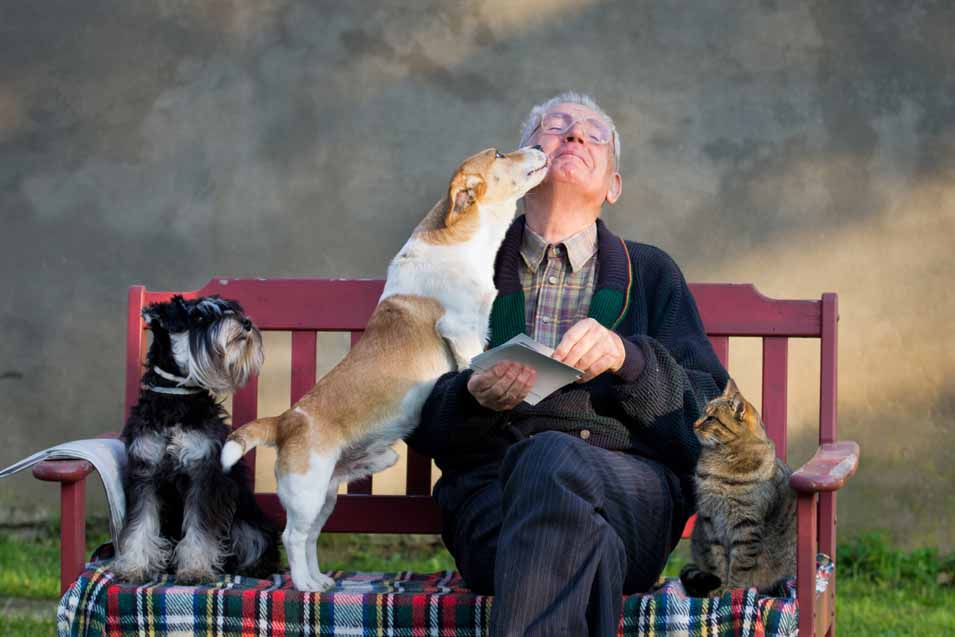Ding ding ding ding ding! This is the sound of the alarm bells that should go off your in head when a client says something along the lines of…“It’s so cute the way Fluffy loves my son – she steals his socks and won’t let anyone near them”. Many bites to children occur as a result of resource guarding. We are frequently told that the dog growls (but he would never bite of course) when the kids go near him while he’s eating or when he has a special toy or bone. In the world of puppies, another puppy approaching generally means that an attempted robbery is about to take place. Dogs do not generally share their possessions or food nicely and they quickly learn from littermates to defend it or lose it. A puppy may naturally assume that he must guard his prized possessions from people as well. This situation is easily prevented if the puppy is taught that people do not take things from puppies, they bring good things to puppies.
You can encourage your puppy people to go up to the puppy while it is eating (adults only; not children at first) and add something extra yummy to the bowl. Children can toss treats towards the bowl. Soon the puppy will welcome the approach to his bowl with a wagging tail. If the dog raises his tail when a person approaches the food bowl, this is a serious warning. You can teach your students to watch out for this raised tail warning. It is usually easy to demonstrate this to your students during class. Give one puppy a bone or a pile of kibbles and then take another puppy near (taking care for proper safety of students and the pups). The eating puppy will almost certainly raise his tail. If the puppy is not inclined to any type of aggressive posturing, he will certainly move his body to block the other dog from the food or begin to eat as fast as he can. The students can observe this and learn something about canine communication as you point out what is happening. If their own dog shows signs of blocking the food, gobbling at an alarming rate or raising his tail when people approach the food bowl, the owners will recognize this as an impending problem and can go back to conditioning the dog to welcome approach by adding yummy treats once again.
This approach can be used to prevent other types of resource guarding as well. For example, if the puppy is lying on his mat chewing a bone, the kids can walk past and toss really yummy treats onto the dog’s mat. Similarly if the dog has a toy, the kids can toss treats in the direction of the dog and keep walking. The puppy will soon come to view any approach by a person as benign and will not become defensive.
Many people are of the unfounded belief that taking the bowl (or other high value object) away and giving it back is a way to teach the dog to accept this. Actually this teaches the dog to mistrust people coming near the bowl. The action that occurs immediately following the approach of the person is the taking of the desired object. Even if the object is subsequently returned, it is the taking away that becomes associated with the approach of a person. Using this approach could increase bite risk for children and visitors to the home since the dog will assume that any person intends to take his treasures and he may be less tolerant than with the ruling adult. Another important lesson you can teach is the exchange. Instruct your students to obtain two identical bones or Kongs and to stuff them with goodies and give one to the puppy. They can then take the other bone or Kong and get the puppy interested in the second one and take the first one away. The puppy will soon get the idea that people taking things away is a good thing. If a child ever takes from the dog the possibility of a bite is greatly reduced (children should still be taught not to take anything away from the dog, but best to be prepared in case it does happen). The exchange can also be used to regain stolen objects from the puppy. Instead of punishing the puppy, trade for something the puppy wants more and say “give” or “off” at the same time. The puppy will learn to give up objects willingly at the “give” command, thus reducing the likelihood of a tug-of-war happening between child and dog. You can easily demonstrate this in your classes to show how well it works and how willing a puppy is to give up objects on command in just a few minutes (even less time if you use a clicker). If resource guarding problems do develop despite the best efforts of clients to prevent them, they should be encouraged to seek professional help. Resource guarding can develop into a very dangerous situation – a ticking time bomb – with a tragic outcome becoming more and more likely as time goes on.
Article Supplied by: Joan Orr and Teresa Lewin are the co-creators of the educational board game, Doggone Crazy! (www.doggonecrazy.ca) and Co-founders of Doggone Safe – non-profit organization for dog bite prevention education and victim support (www.doggonesafe.com) © 2004 – Joan Orr and Teresa Lewin





